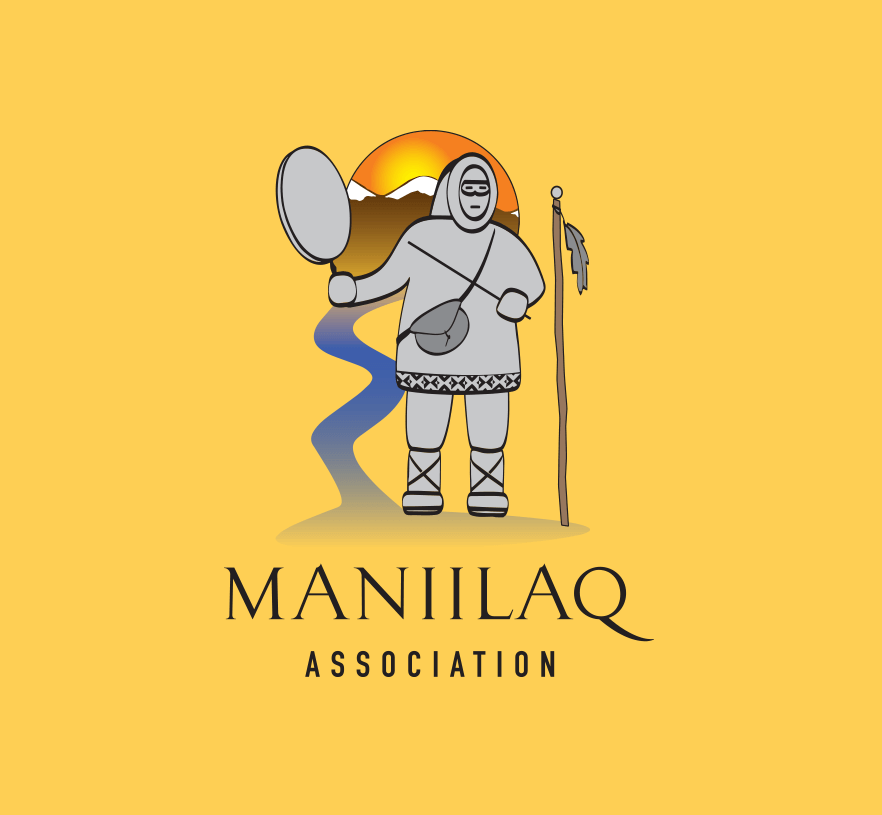WHERE TO GET TESTED
- Maniilaq Health Center (old Travel office): Monday - Friday 8 AM - 5 PM except holidays
- EFFECTIVE SEPTEMBER 11th: we will no longer offer testing in our mobile van. However, our testing office in Maniilaq Health Center will remain open to provide rapid testing to the community and patients requiring testing before their provider visit.
- Emergency Department: Home testing kits are available after 5 PM daily, on weekends, and holidays.
- Village Clinics: Monday - Friday during regular business hours
Public Health Nursing also has home testing kits available during clinic hours.
WHERE TO GET VACCINATED
- Maniilaq Health Center: Monday - Friday 8 AM - 5 PM. Please make a nurse appointment by calling 442-7777
- Public Health Nursing: Monday - Friday 8 AM - 5 PM. No appointment needed, closed 12 PM -1 PM.
- Village Clinics: Monday - Friday. Contact your clinic during normal business hours to check vaccine availability and schedule an appointment.
COVID-19 CASE COUNTS IN MANIILAQ SERVICE AREA (MSA)
DATA CURRENT AS OF 4/24/2023 - Maniilaq will no longer be regularly reporting COVID-19 case counts. We have learned a lot as a region throughout the past three years and appreciate the work you all have done to keep your communities safe. COVID-19 is still with us, and Maniilaq will continue to monitor the situation throughout the United States and Alaska. If cases rise, we can begin to report cases again similarly to how we have done in the past. Vaccination remains the safest strategy for avoiding hospitalizations, long-term health outcomes, and death.
ACTIVE CASES
MSA RESIDENT CASES
(incl. PHO)
6,375
NON-RESIDENT MSA CASES
231
RECOVERED IN MSA (incl. non-res)
6,581
DECEASED CASES
24
HOSPITALIZATIONS (cumulative)
75
COVID-19 VACCINES
COVID-19 vaccines available in the United States are effective at protecting people—especially those who are boosted— from getting seriously ill, being hospitalized, and even dying. As with other diseases, you are protected best from COVID-19 when you stay up to date with the recommended vaccines.
- CDC recommends COVID-19 primary series vaccines for everyone ages 6 months and older, and COVID-19 boosters for everyone ages 5 years and older, if eligible.
- People who are moderately or severely immunocompromised have specific recommendations for COVID-19 vaccines, including boosters. Learn more about COVID-19 vaccine recommendations for people who are moderately or severely immunocompromised.
- Use CDC’s COVID-19 booster tool to learn if and when you can get boosters to stay up to date with your COVID-19 vaccines.
% of Eligible Individuals Vaccinated (first doses, 12 years +)
DATA CURRENT AS OF 7/14/2022
Ambler 80%
Buckland 86%
Deering 71%
Kiana 72%
Kivalina 60%
Kobuk 86%
Kotzebue 92%
Noatak 58%
Noorvik 76%
Point Hope 44%
Selawik 65%
Shungnak 89%
TOTAL
78%
% of Eligible Individuals Vaccinated (first doses, 5-11 years)
Ambler 40%
Buckland 51%
Deering 15%
Kiana 31%
Kivalina 12%
Kobuk 38%
Kotzebue 38%
Noatak 9%
Noorvik 46%
Point Hope 2%
Selawik 23%
Shungnak 69%
TOTAL
31%
HOW TO PROTECT YOURSELF

GET
VACCINATED
Stay up to date on your COVID-19 vaccines.
WEAR
A MASK
Wear a mask in indoor public places if in an area of high transmission or if high-risk.
Social
Distance
Stay at least 6 feet away from non-household members if not up to date on vaccines.
AVOID
CROWDED PLACES
Avoid poorly ventilated spaces and crowds.
GET
TESTED
Test to prevent spread to others.
Wash
Hands
Use soap and water to thoroughly wash your hands for at least 20 seconds.
COVER COUGH
& SNEEZES
Cough or sneeze into your elbow or a tissue.
DISINFECT
SURFACES
Regularly disinfect surfaces, especially ones people touch frequently.
WHAT TO DO IF YOU ARE SICK
If you test positive and are an older adult or someone who is at high risk of getting very sick from COVID-19, treatment may be available. Contact a healthcare provider right away after a positive test to determine if you are eligible, even if your symptoms are mild right now.
STAY
HOME
Stay home except to get medical care.
GET
TESTED
Get tested as soon as possible after your symptoms start. Treatments may be available for high risk people.
SEPARATE
YOURSELF
As much as possible, stay in a specific room and away from other people and pets in your home. Notify contacts.
MONITOR
SYMPTOMS
Follow care instructions from your healthcare provider and PHN.
MANIILAQ RESOURCES
- How to protect yourself and others
- When to stay home: Quarantine and Isolation
- If you've tested positive for COVID-19, here's how you can prevent the spread.
- Information from the CDC on testing for COVID-19.
- COVID-19 vaccine boosters
- COVID-19 vaccine for children and teens
- DOOR SIGN - isolating and quarantine
- DOOR SIGN - social distancing
CDC/STATE RESOURCES
VILLAGE MANDATES
You can find any travel restrictions in effect on the Northwest Arctic Borough's website click here for more information.
MANIILAQ COVID-19 PRESS RELEASES
Maniilaq Association is no longer reporting COVID-19 cases through press releases. Please see active cases for current COVID-19 information.

